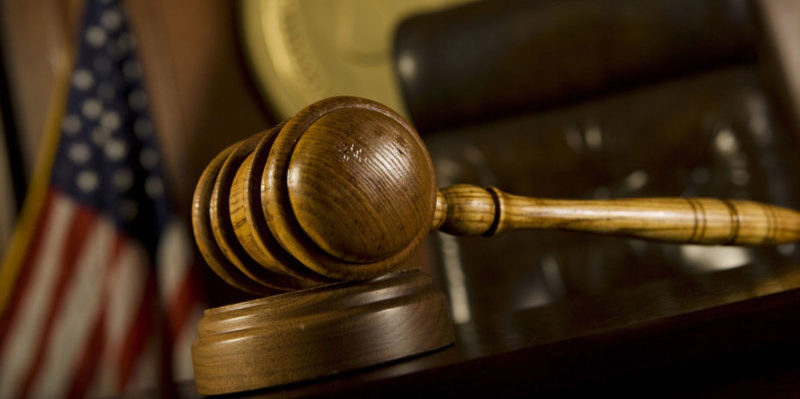
It’s been nearly a year since the world changed because of COVID-19, and as Dan O’Donnell reports, Wisconsin has been in a Constitutional crisis for nearly that long.
March 10, 2021
Perspective by Dan O’Donnell
Tomorrow marks one full year since the world started to shut down because of the COVID-19 pandemic. When the NBA announced that it was immediately suspending its season after two members of the Utah Jazz tested positive, it became clear that things were changing—and very quickly.
The following day, Wisconsin Governor Tony Evers declared a public health emergency. On Friday, then, the state will mark one full year of a constitutional crisis that no one seems to much care about, least of all, it seems, the Wisconsin Supreme Court.
Nearly four months ago, the Court heard oral arguments in Fabick v. Evers—a challenge to the Governor’s obvious abuse of his authority to declare and govern under states of emergency—yet amazingly, there has not yet been a ruling.
Wisconsin will have spent 286 of the past 365 days in a state of emergency. 166 of those days will have been spent in a patently unlawful state of emergency. And still the Supreme Court refuses to rule.
Since the Court heard oral arguments on November 21, Evers has declared two more public health emergencies, including one an hour after the Wisconsin Legislature passed a joint resolution ending a prior one.
Evers’ wanton disregard of both the Legislature as a co-equal branch of government and the clear letter and intent of state law could not possibly have been more brazen.
Wisconsin Statute § 323.10 allows the governor to “issue an executive order declaring a state of emergency related to public health,” but “a state of emergency shall not exceed 60 days, unless the state of emergency is extended by joint resolution of the legislature.”
To get around this requirement, Evers simply declared a new public health emergency every 60 days. As a result, when Wisconsin marks one year since the original public health emergency on Friday, it will have spent 286 of the past 365 days in a state of emergency. 166 of those days will have been spent in a patently unlawful state of emergency.
And still the Supreme Court refuses to rule.
This neglect is especially egregious since the Court just stated unequivocally in last May’s ruling in Wisconsin Legislature v. Palm that “in the case of a pandemic, which lasts month after month, the Governor cannot rely on emergency powers indefinitely.” Moreover, the Court noted, “the Governor’s emergency powers are premised on the inability to secure legislative approval given the nature of the emergency.”
If it waits another week and a half, the Wisconsin Supreme Court will have gone two whole public health emergencies without determining whether said emergencies are actually lawful.
The Legislature expressly stated its disapproval when it issued a joint resolution in February ending Evers’ fifth emergency declaration, but Evers simply issued a sixth without concern for any sort of legal or constitutional accountability.
Why would he be? The Supreme Court—the branch of government tasked with interpreting the Constitution and settling disputes between the other two branches—has allowed Evers to run roughshod over both the Legislature and the Rule of Law for months.
At this rate, vaccines and herd immunity will effectively end the COVID-19 pandemic long before the Wisconsin Supreme Court decides on whether to end Evers’ public health emergency. It has been 110 days since the Court heard oral arguments; what exactly is the holdup? If it waits another week and a half, it will have gone two whole public health emergencies without determining whether said emergencies are actually lawful.
In the absence of a definitive ruling, Wisconsin will remain in a Constitutional crisis that threatens to do even longer-lasting damage to the function and structure of state government than the pandemic that prompted it.
If ever there was a time for the Wisconsin Supreme Court to act and act swiftly, this is it.
